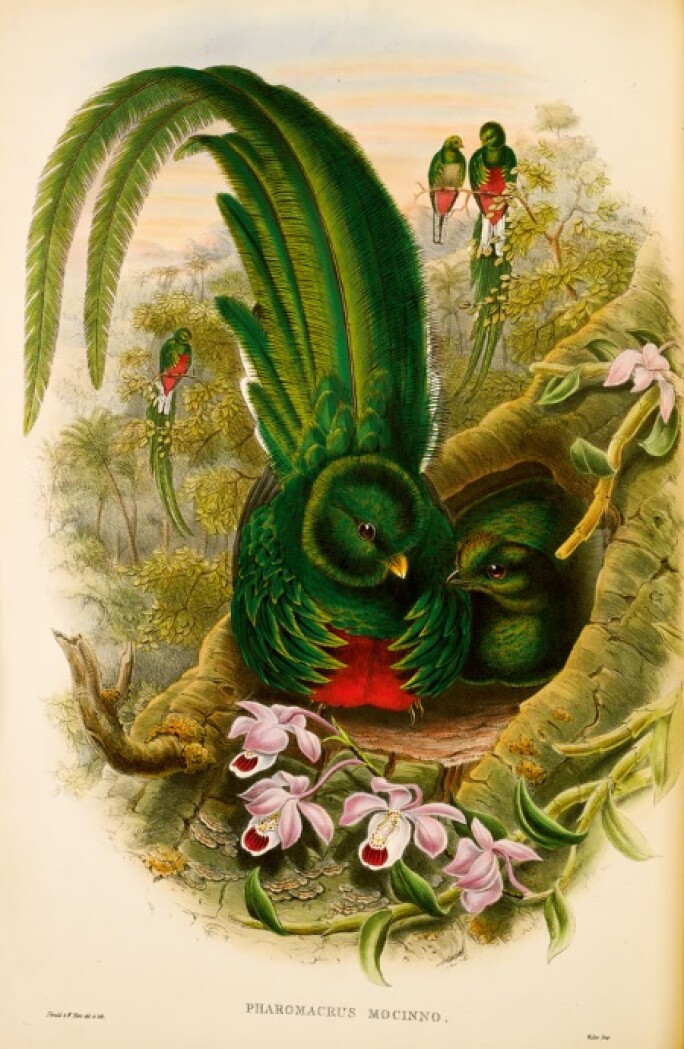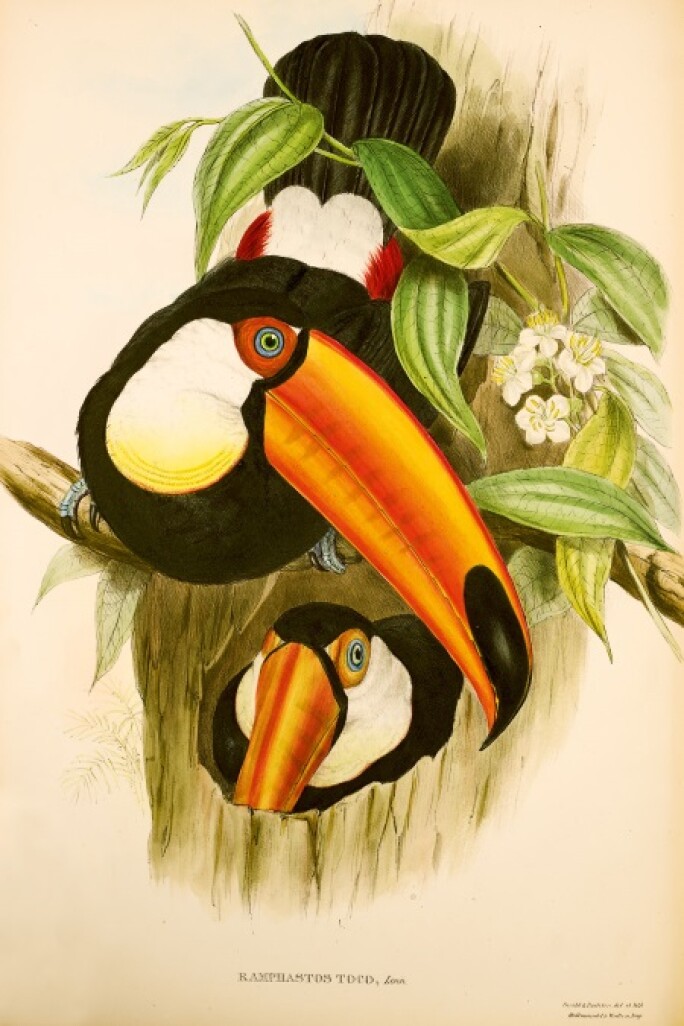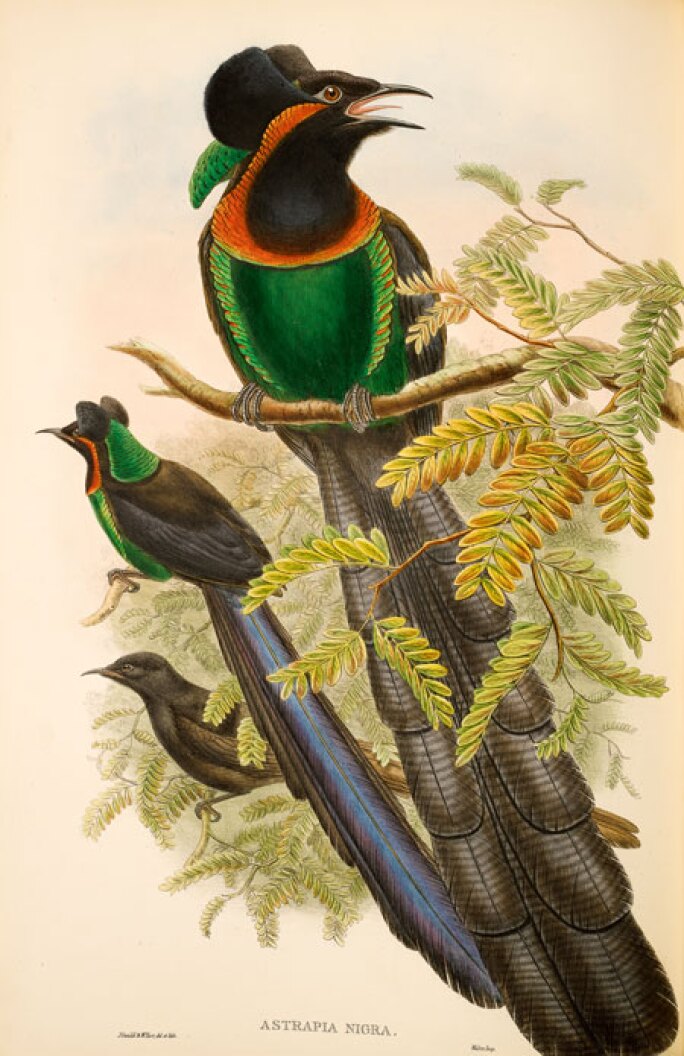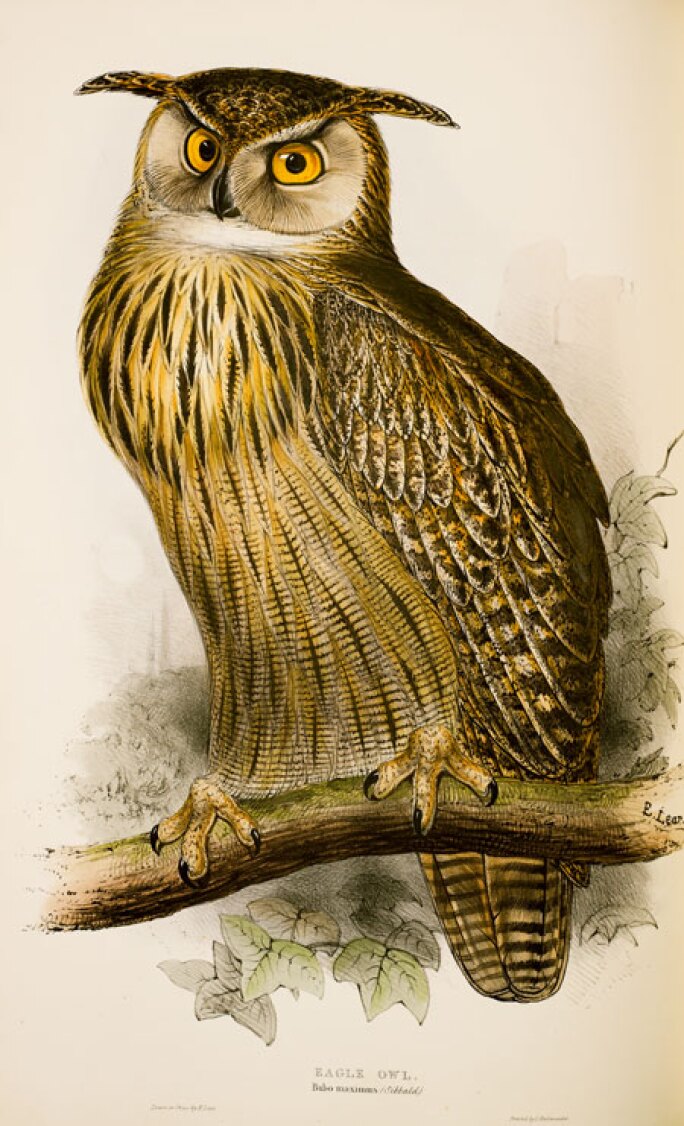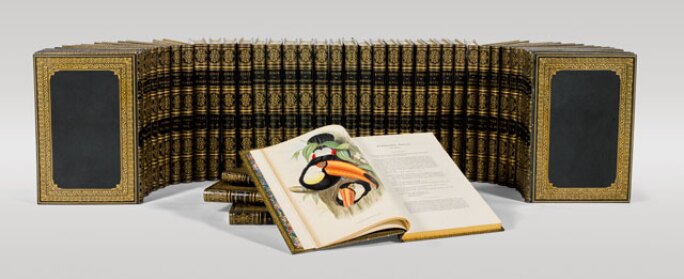A magnificent set of works by the unrivalled naturalist John Gould – the most celebrated British ornithologist of the nineteenth-century – features in the upcoming Travel, Atlases, Maps and Natural History sale in London on 15 May.
John Gould (1804-1881), also known as “The Bird Man”, was born in Lyme Regis, Dorset, the son of John Gould, a gardener, and his wife Elizabeth Clatworthy. Gould’s training was as a taxidermist rather than an artist, and in 1828 he was appointed animal preserver at the museum of the Zoological Society of London.
About this time there arrived in the museum a collection of birds formed principally in the north western Himalayas, the first of any size to reach Europe. The richness of this group of specimens spurred Gould to compile his first folio volume, A Century of Birds from the Himalaya Mountains.
In 1838-1840, Gould and his family went on a bold venture to the then relatively unknown continent of Australia, with the purpose of collecting and studying specimens. During his time there he discovered hundreds of new bird species and subspecies. As a result of the findings the fascinating works Birds of Australia and Mammals of Australia were published. Subsequently he was considered as the father of bird study in Australia.
As Gould grew more successful, the lithographed plates became more ambitious: his later work, The Birds of Great Britain shows many of its subjects against charming and picturesque backgrounds absent from his earlier work.
The striking nature of Gould’s work is the result of many factors. He was a master of arranging the birds and mammals in tasteful compositions, flaunting the characteristics of their plumage while also creating movement. With his family background in horticulture Gould had a great understanding of the natural surroundings of the animals he worked with, choosing attractive and appropriate plants to accentuate the birds.
Although today we remember Gould primarily for the outstanding beauty of his folios, during his long career he was at the forefront of ornithological and evolutionary science – his role in identifying different species of tanager brought back by Darwin from the voyage of the Beagle was central to the development of the theory of natural selection.
Gould himself did not execute finished drawings for any of his works, but he did provide rough pencil or watercolour sketches with notes for his artists to work from, and was the moving spirit behind the grand conception of the plates. The artists he employed – including his wife Elizabeth, Edward Lear, Joseph Wolf, Henry Richter and Joseph Hart – were among the most accomplished of their generation.
Gould’s legacy is a body of work unparalleled in Victorian natural history, comprising over 3,100 plates, produced over six decades.
CLICK HERE to view the full set of titles in this lot and the full sale catalogue.

